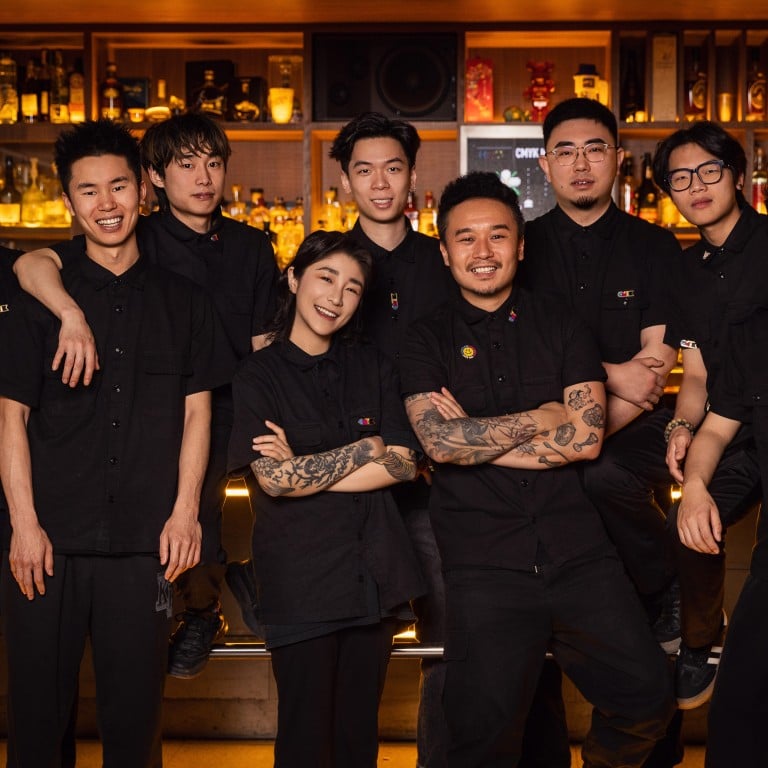China’s cocktail bars are great, so why hasn’t the world noticed yet? Hong Kong and Singapore dominate the Asia’s 50 Best Bars list – the Michelin Guide of bars – as China lags behind

China’s top bar concepts boast world-class quality and skills, while the country boasts the largest market for alcoholic drinks in the world – worth US$336 billion in 2023
Hong Kong’s cocktail bar scene is celebrating a golden era. For the fourth year in a row a local establishment was ranked No 1 by Asia’s 50 Best Bars, with Bar Leone finally bringing an end to Coa’s record-breaking run at the top. An impressive nine of the city’s watering holes made the list, a total bettered only by Singapore, represented by 12 bars.
These two cities have long dominated Asia’s 50 Best Bars, which is to bars in the region as the Michelin Guide is to restaurants. The competition has been expanding its reach in recent years and rankings for 2024 feature establishments from countries as varied as Vietnam, Sri Lanka and Nepal. Five years ago, no bar from these countries made the cut.

The competition’s increasing geographic spread throws into stark relief the paltry showing of such establishments in mainland China, which this year saw only two cocktail bars recognised – Guangzhou’s Hope & Sesame, at No 14 and Changsha’s CMYK at No 43.
China is the largest market for alcoholic drinks in the world, worth about US$336 billion in 2023 – US$50 billion more than the second-placed United States and nearly triple the value of the market in Japan. Yet the entire mainland mustered only one more bar than Macau and fewer than Malaysia’s three entries.
The issue is not one of quality, according to John Ng, Asia’s 50 Best Bars academy chair for mainland China, Hong Kong, Taiwan and Macau.
“China bars have no issue regarding the quality of their drinks,” he says. “The bartenders already know how to make good drinks. They have quality menus and good concepts. The problem is no one knows they’re there.”
Tommy Wong and Ethan Liu, co-founders of CMYK, agree. “The top bars in China have worked their tails off to gain popularity domestically,” the pair said via email. “And they’re not just in tier-1 cities like Beijing and Shanghai; other cities like Wuhan, Chengdu and Chongqing have many surprises to offer.”

Kris Du, senior bartender at Speak Low, which since opening in 2014 in Shanghai has ranked on both the World’s 50 Best Bars and Asia’s 50 Best Bars, agrees that there are top-quality cocktails in China but cautions that bars in the country should think more holistically. “The domestic market tends to focus too much on the drink itself, like the flavour and the taste, while forgetting that the environment of the bar and the people who work there are equally important aspects,” he notes.
For Ng, the mainland’s lack of recognition in this field is mainly a visibility issue. Bartenders in Hong Kong and Singapore have long had an advantage when it comes to communicating in English, which is especially useful when promoting their concepts worldwide. Chinese cocktail bars’ efforts at raising their international profile are also hindered by a digital ecosystem that is largely separate from that of the rest of the world. While much of Asia shares new bars and restaurants on apps like Instagram, Chinese netizens host separate conversations on native platforms like Xiaohongshu or Douyin, limiting the global spread of information. It’s a situation Du bemoans, telling us “limited media [exposure] keeps people at a distance”.